

Articles
How To Store A Bicycle Outside
Modified: January 18, 2024
Looking for articles on how to store a bicycle outside? Find expert tips and advice on properly storing your bike outdoors to keep it secure and protected from the elements.
(Many of the links in this article redirect to a specific reviewed product. Your purchase of these products through affiliate links helps to generate commission for Storables.com, at no extra cost. Learn more)
Introduction
Having a bicycle is a wonderful way to stay active, commute, and explore the world around you. But what do you do when you need to store your bicycle outside? Whether you have limited storage space indoors or you simply prefer to keep your bike on your patio or in your yard, it’s important to ensure that it is properly protected from the elements and potential theft.
In this article, we will discuss the importance of proper bicycle storage, the different outdoor storage solutions available, and the steps you can take to prepare your bicycle for outdoor storage. We’ll also provide tips on cleaning and lubricating your bike, securing it with a reliable lock, and protecting it from the elements to ensure its longevity and optimal performance.
So, if you’re ready to learn how to store your bicycle outside effectively, let’s dive in and explore the essential steps and strategies to ensure your bike stays safe and in top condition.
Key Takeaways:
- Proper bicycle storage is crucial for longevity and performance. Protect your bike from the elements, secure it with a reliable lock, and maintain it regularly to ensure optimal condition and prevent theft.
- When storing your bicycle outside, choose the right storage solution, prepare your bike properly, secure it with a high-quality lock, shield it from the elements, and conduct regular maintenance to keep it in top shape.
Read more: How To Store Bicycles
Importance of Proper Bicycle Storage
Proper bicycle storage is vital to maintain the longevity and performance of your bike. When left exposed to the elements or stored improperly, bicycles are susceptible to damage such as rust, corrosion, and mechanical issues. Additionally, an inadequately secured bike is at risk of being stolen. By investing time and effort into proper bicycle storage, you can protect your investment and ensure that it remains in optimal condition for years to come.
One of the primary reasons for proper bicycle storage is to shield your bike from the damaging effects of the elements. Rain, snow, UV rays, and extreme temperature fluctuations can all take a toll on your bicycle. Excessive moisture can lead to rust and corrosion, which can compromise the integrity of the bike’s frame, components, and drivetrain. UV rays, on the other hand, can fade the color of your bike’s paint and cause plastic and rubber parts to deteriorate over time.
Proper storage can also help prevent theft. Unsecured bicycles are attractive targets for thieves, especially if they are visible and easily accessible. By implementing secure storage measures, such as using high-quality locks and keeping your bike out of plain sight, you can significantly reduce the risk of theft.
Furthermore, storing your bicycle properly can save you valuable space indoors. If you live in a small apartment or house with limited storage options, storing your bike outside can free up space for other items. By utilizing outdoor storage solutions, you can keep your living area clutter-free and organized.
Lastly, proper bicycle storage can contribute to the overall aesthetics of your outdoor space. Bicycles that are haphazardly left leaning against walls or scattered around the yard can create a messy and unkempt appearance. On the other hand, using an appropriate storage solution can add a touch of organization and elegance to your outdoor area.
Now that you understand the importance of proper bicycle storage, let’s explore the different outdoor storage solutions available to ensure that your bike remains safe and well-maintained.
Choosing an Appropriate Outdoor Storage Solution
When it comes to storing your bicycle outside, there are several outdoor storage solutions to consider. The choice of storage solution depends on factors such as available space, budget, security concerns, and personal preferences. Here are a few options to explore:
- Bicycle Cover: A bicycle cover is a cost-effective and convenient option for protecting your bike from the elements. These covers are typically made of durable, waterproof material and are designed to fit over your entire bicycle. Look for a cover with UV protection to safeguard against sun damage. Choose a cover that can be securely fastened to your bike to prevent it from being blown away by strong winds.
- Bicycle Shed: A bicycle shed provides a dedicated and secure space to store your bike. These sheds are available in various sizes and materials, such as wood, metal, or plastic. Look for a shed that is weatherproof and offers features like lockable doors and ventilation to prevent condensation. Consider the size of your bike and any additional accessories you want to store to ensure the shed has enough space.
- Vertical Bike Rack: If you have limited outdoor space, a vertical bike rack can be a great solution. These racks allow you to store your bike upright against a wall or post, utilizing vertical space efficiently. Look for a rack that is sturdy and can securely hold your bike without risking damage. Some racks also come with additional hooks or shelves to hold accessories like helmets or locks.
- Bike Storage Tent: Bike storage tents are portable and versatile options for outdoor bicycle storage. These tents are made of durable fabric that is resistant to water and UV rays. They can be easily set up and dismantled and provide a sheltered space for your bike. Look for a tent that offers good ventilation to prevent moisture buildup inside.
- Bike Storage Locker: For maximum security, consider investing in a bike storage locker. These lockers are typically made of metal and come with a robust locking mechanism. They provide a highly secure storage option and are ideal for those living in high-theft areas. However, keep in mind that they require ample space and may be a larger investment compared to other storage solutions.
Before selecting an outdoor storage solution, assess your specific needs and limitations. Consider factors such as the size of your bike, the number of bikes you need to store, the available space, and any security concerns. Additionally, take into account the local climate and weather conditions, as certain materials may be better suited to withstand harsh environments.
Once you have chosen the appropriate outdoor storage solution, it’s time to prepare your bicycle for outdoor storage. In the next section, we will discuss the necessary steps to ensure your bike is in optimal condition before storing it outside.
Preparing Your Bicycle for Outdoor Storage
Before you start storing your bicycle outside, it is important to prepare it properly to ensure its longevity and performance. Here are the steps you should take to get your bike ready for outdoor storage:
- Clean your bike: Start by giving your bike a thorough cleaning. Use a mild detergent and water to clean the frame, wheels, and components. Pay special attention to areas with dirt and grime buildup. Cleaning your bike not only keeps it looking great but also prevents dirt from damaging the bike’s paint and components.
- Lubricate moving parts: Apply lubrication to the chain, derailleurs, and other moving parts of your bicycle. This helps prevent rust and keeps your bike running smoothly. Use a high-quality bicycle lubricant and follow the manufacturer’s instructions for application.
- Check and inflate tires: Inspect your bike’s tires for any damage or wear. Replace tires if necessary. Inflate the tires to the recommended PSI to maintain optimal pressure during storage. Properly inflated tires prevent cracking and maintain their shape.
- Remove accessories: Before storing your bike outside, remove any accessories such as lights, baskets, or saddlebags. These accessories may get damaged by prolonged exposure to the elements or may attract unwanted attention from thieves.
- Protect vulnerable areas: Apply a protective coating or wax on the frame to provide an additional layer of defense against the elements. Pay extra attention to vulnerable areas such as the bottom bracket, fork, and rear triangle.
- Adjust seat height: Lower the seat height to relieve pressure on the suspension and prevent sagging during storage. This helps maintain the integrity of the suspension system and ensures a comfortable and efficient ride when you start using your bike again.
- Inspect and tighten: Give your bike a thorough inspection and tighten any loose bolts or components. Check the brakes, gears, and suspension to ensure they are in proper working order. This step is crucial to address any maintenance issues before storing your bike.
By following these steps, you are ensuring that your bicycle is in the best possible condition before storing it outside. Cleaning and lubricating your bike, checking the tires, and addressing any maintenance issues will help protect your bicycle from unnecessary damage while it is stored outdoors.
Now that you have prepared your bike for outdoor storage, the next step is to secure it against theft. In the following section, we will discuss different methods for securing your bicycle with a reliable lock.
Cleaning and Lubricating Your Bicycle
Cleaning and lubricating your bicycle regularly is essential for maintaining its performance and extending its lifespan. Proper cleaning removes dirt, grime, and debris that can cause premature wear and damage to the bike’s components. Lubrication ensures smooth functioning and prevents rust and corrosion. Here are the steps you should follow to clean and lubricate your bicycle:
- Gather the necessary tools: Before you begin, gather the tools you will need, including a bucket of soapy water, a sponge or brush, a hose or water source, a clean cloth or towel, a bicycle-specific cleaner, and a high-quality bicycle lubricant.
- Clean the frame: Start by wetting the bike frame with water to remove any loose dirt. Dip the sponge or brush into the soapy water and clean the frame, paying attention to hard-to-reach areas and joints. Rinse off the soap thoroughly with clean water.
- Clean the drivetrain: The drivetrain of your bike, including the chain, cassette, and derailleur, can accumulate a lot of dirt and grime. Use a bicycle-specific degreaser to thoroughly clean the drivetrain. Apply the degreaser and use a brush or sponge to scrub away the dirt. Rinse off the degreaser with water and dry the components with a clean cloth.
- Inspect and clean the brakes: Check the brake pads for wear and replace them if necessary. Use a clean cloth or towel to wipe the brake surfaces. Do not use any lubricants on the braking surfaces as it can reduce their effectiveness and compromise your safety.
- Lubricate the chain and other moving parts: Apply a few drops of bicycle-specific lubricant to each individual chain link, allowing the lubricant to penetrate. Use a clean cloth to wipe off any excess lubricant. Apply lubrication to other moving parts such as the derailleur pivots, pedals, and brake levers.
- Wipe down the bike: Use a clean cloth or towel to wipe down the entire bike, removing any remaining moisture. Pay attention to areas that are prone to moisture buildup, such as the bottom bracket, headset, and dropper post.
- Inspect and tighten: Take a moment to inspect your bike for any loose bolts or components. Ensure that the handlebars, seat, and wheels are all securely tightened. Make any necessary adjustments or tightenings.
By regularly cleaning and lubricating your bicycle, you can keep it in optimal condition, enhance its performance, and prolong its lifespan. Remember to follow the manufacturer’s recommendations for cleaning products and lubricants, as using the wrong products can damage your bike. Develop a cleaning and lubricating routine that fits your riding habits and environmental conditions, and enjoy a smoother and more enjoyable cycling experience.
Now that your bicycle is clean and well-lubricated, it’s important to secure it from potential theft. In the next section, we will discuss the different methods you can use to protect your bicycle with a reliable lock.
To store a bicycle outside, use a waterproof cover to protect it from the elements, lock it securely to a fixed object, and regularly lubricate the chain and moving parts to prevent rust.
Read more: How To Store A Bicycle
Securing Your Bicycle with a Lock
Keeping your bicycle secure is of utmost importance, especially when storing it outside. A reliable lock is essential to deter potential thieves and protect your investment. Here are some tips to help you secure your bicycle with a lock:
- Choose a high-quality lock: Invest in a strong and secure lock that is specifically designed for bicycles. U-locks and chain locks are commonly recommended due to their durability and resistance to cutting tools.
- Lock the frame and wheels: When securing your bicycle, make sure to lock both the frame and wheels. Pass the lock through the frame and one or both wheels, securing them to a fixed object like a bike rack or a sturdy post.
- Lock it in a high-visibility area: Choose a well-lit and highly visible location to store your bike. Thieves are less likely to target bikes in areas with high foot traffic and good visibility, as they are at a higher risk of being seen and caught in the act.
- Lock it tightly: Ensure that the lock is tight, with minimal slack, to prevent thieves from prying it open. Avoid leaving any excessive space between the lock and the bike, as this can provide easier access for bolt cutters.
- Vary your locking locations: If possible, vary the locations where you secure your bike. Thieves may notice patterns and target bikes in the same spot repeatedly. By changing your locking locations, you make it harder for them to predict your routine.
- Consider additional security measures: In addition to a strong lock, consider using additional security measures such as a secondary lock or a reliable wheel lock. These extra layers of protection can further discourage thieves and provide added peace of mind.
- Register your bike: Registering your bike with the local authorities or a bicycle registration service can help in the recovery process if your bike is stolen. Keep a record of your bike’s serial number and take clear photos of it for identification purposes.
Remember, no lock is entirely foolproof, but taking these precautions can significantly reduce the chances of your bike being stolen. It’s important to find the right balance between convenience and security when choosing a lock. Assess your needs, evaluate the risk level in your area, and invest in a lock that offers the best combination of strength and convenience for your situation.
Now that you have learned how to secure your bicycle with a reliable lock, the next step is to protect your bike from the elements. In the following section, we will share tips on how to shield your bicycle from the damaging effects of weather and other environmental factors.
Protecting Your Bicycle from the Elements
When storing your bicycle outside, it is crucial to protect it from the elements to prevent damage and ensure its longevity. Rain, sun, snow, and extreme temperatures can all take a toll on your bike. Here are some tips to help you protect your bicycle from the elements:
- Use a bicycle cover: Invest in a quality waterproof bicycle cover that fits your bike properly. The cover will shield your bicycle from rain, snow, and UV rays. Look for a cover with UV protection to prevent color fading and deterioration of plastic and rubber parts.
- Store your bike undercover: Whenever possible, store your bike in a covered area, such as a bike shed, garage, or carport. This provides an added layer of protection from direct exposure to the elements.
- Elevate your bike: If storing your bike on the ground, consider using a bike stand or hooks to elevate it. This prevents the bike from sitting in puddles or accumulating moisture, which can lead to rust and corrosion.
- Apply a protective coating: Use a protective coating or wax on your bike’s frame to provide extra defense against moisture, UV rays, and other environmental factors. Apply the coating according to the manufacturer’s instructions for the best results.
- Check for moisture buildup: Regularly inspect your bike for any signs of moisture buildup. Remove any water or condensation that may have collected in the frame tubes or other areas to prevent rust and corrosion.
- Keep it clean and dry: Regularly clean your bike to remove dirt, mud, and debris that can cause damage. After cleaning, make sure your bike is completely dry before covering or storing it to prevent moisture-related issues.
- Inspect and maintain: Periodically inspect your bike for any signs of damage or wear caused by the elements. Check for rust, faded paint, loose components, or cracking. Address any issues promptly and perform regular maintenance to keep your bike in optimal condition.
- Consider a weather-resistant storage option: If you live in an area with harsh weather conditions, consider investing in a weather-resistant outdoor storage solution such as a bicycle shed made of durable materials that can withstand extreme environments.
By following these tips, you can protect your bicycle from the damaging effects of the elements and ensure that it remains in good condition for longer. Remember to perform routine maintenance and inspections, especially after exposure to harsh weather conditions.
Now that you know how to protect your bike from the elements, it’s important to understand the significance of regular maintenance and inspection. In the next section, we will discuss the importance of regular maintenance and tips for keeping your bicycle in top shape.
Regular Maintenance and Inspection
Regular maintenance and inspection are essential to keep your bicycle in top shape and ensure its optimal performance. By implementing a routine maintenance schedule and conducting regular inspections, you can catch any potential issues early on and address them before they become major problems. Here are some tips for maintaining and inspecting your bicycle:
- Keep your bike clean: Regularly clean your bike to remove dirt, mud, and debris. Use a gentle detergent and water, and pay attention to hard-to-reach areas. Cleaning your bike not only keeps it looking great but also helps prevent premature wear and damage caused by dirt and grime.
- Check tire pressure: Regularly check the tire pressure and inflate the tires to the recommended PSI. Proper tire pressure ensures a smooth and efficient ride and reduces the risk of flats and damage to the rims.
- Inspect brakes and gears: Check the brake pads and adjust them if needed. Ensure they are making proper contact with the rims for efficient braking. Test the gears to make sure they are shifting smoothly and accurately.
- Check for loose bolts: Inspect all bolts and nuts on your bike, including those on the handlebars, stem, seatpost, and crankset. Make sure they are tightened securely to avoid any safety hazards and unnecessary wear.
- Lubricate moving parts: Apply lubrication to the chain, derailleurs, and other moving parts of your bike. This helps prevent rust, corrosion, and unnecessary friction. Use a high-quality bicycle lubricant and follow the manufacturer’s instructions for application.
- Inspect and replace worn parts: Regularly inspect your bike for any signs of wear or damage. Look for worn brake pads, chain stretch, frayed cables, or cracked grips. Replace these parts as necessary to maintain optimal performance and safety.
- Check wheel alignment and trueness: Periodically check the alignment and trueness of your bike’s wheels. Spin each wheel and observe for any wobbling or rubbing against the brake pads. If you notice any issues, consider having them professionally trued.
- Keep the drivetrain clean: The drivetrain consists of the chain, cassette, and chainrings. Clean the drivetrain regularly to remove dirt, grime, and excess lubricant buildup. This helps improve shifting performance and prolongs the life of the drivetrain components.
By following these maintenance and inspection tips, you can ensure that your bicycle is in optimal condition, safe to ride, and performs at its best. Regular maintenance not only enhances your cycling experience but also contributes to the longevity of your bike.
Additionally, it’s a good idea to establish a relationship with a reputable bike shop or mechanic for routine tune-ups and more comprehensive maintenance. They can provide professional service and guidance, especially for complex repairs or adjustments.
Now that you understand the importance of regular maintenance and inspection, it’s time to conclude our discussion. By implementing the tips and strategies outlined in this article, you can store your bicycle outside with confidence, knowing that it is properly protected and well-maintained.
Conclusion
Storing your bicycle outside can be a convenient solution for those with limited indoor storage space or a preference for outdoor accessibility. However, it is crucial to ensure that your bike is properly protected and maintained to prevent damage and theft.
In this article, we discussed the importance of proper bicycle storage and outlined different outdoor storage solutions to consider. We also provided valuable tips on how to prepare your bicycle for outdoor storage, including cleaning, lubricating, and inspecting various components.
To safeguard your bike from theft, we emphasized the significance of securing it with a high-quality lock and choosing a secure location. We also highlighted the importance of protecting your bicycle from the elements by utilizing covers, elevating the bike, and considering weather-resistant storage options.
We concluded by emphasizing the significance of regular maintenance and inspection. By following a maintenance routine and conducting regular inspections, you can keep your bicycle in top shape, prolong its lifespan, and ensure its optimal performance.
Remember, proper bicycle storage is a combination of security measures, protection from the elements, and regular maintenance. By implementing these practices, you can enjoy the convenience and benefits of storing your bicycle outside, all while ensuring its longevity and optimal condition.
So, whether you’re a commuter, a fitness enthusiast, or someone who simply enjoys leisurely rides, take the necessary steps to store your bicycle outside effectively. With the right storage solution, proper preparation, reliable lock, protection from the elements, and consistent maintenance, your bicycle will be ready and waiting for your next adventure.
Frequently Asked Questions about How To Store A Bicycle Outside
Was this page helpful?
At Storables.com, we guarantee accurate and reliable information. Our content, validated by Expert Board Contributors, is crafted following stringent Editorial Policies. We're committed to providing you with well-researched, expert-backed insights for all your informational needs.
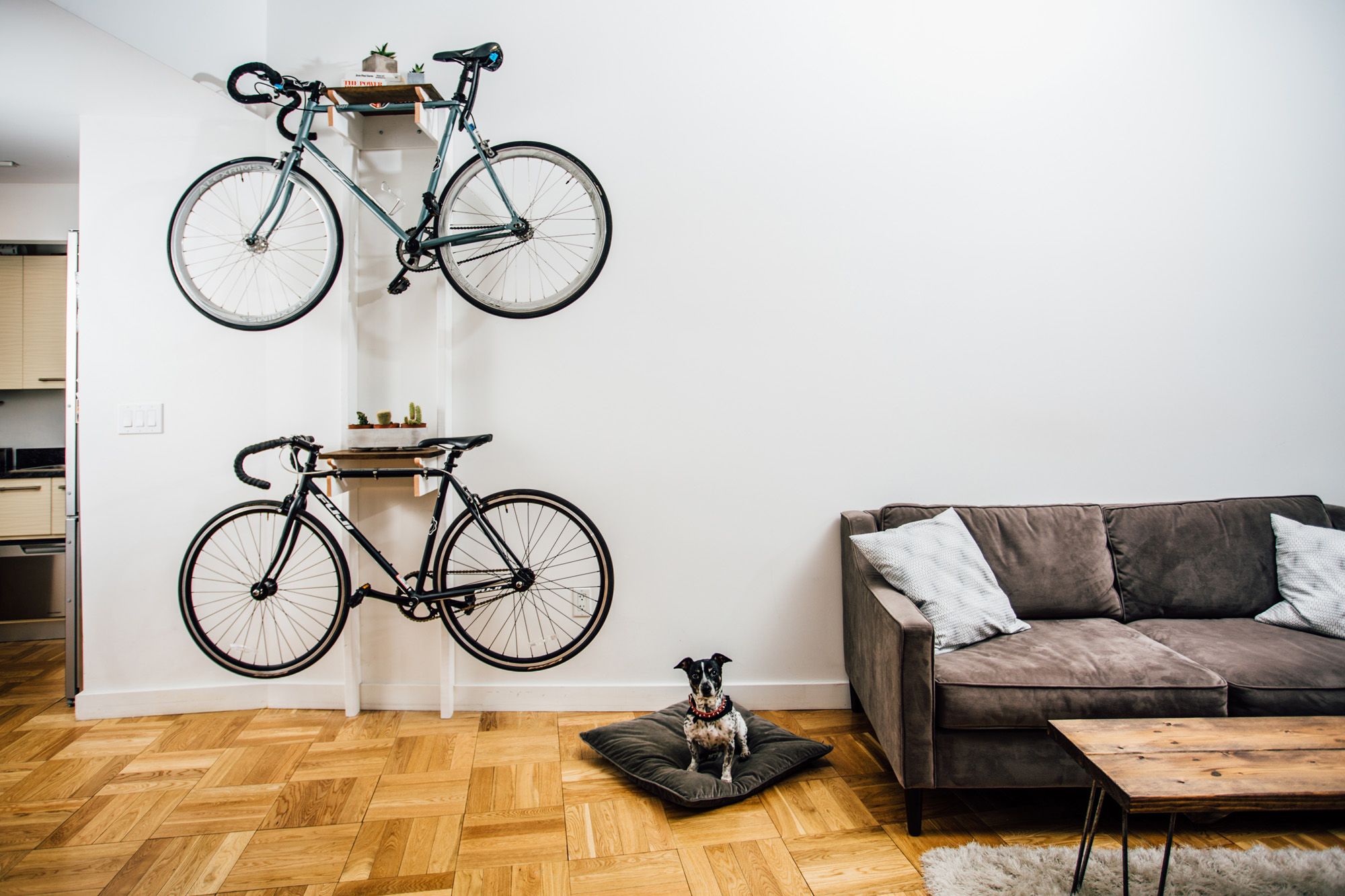
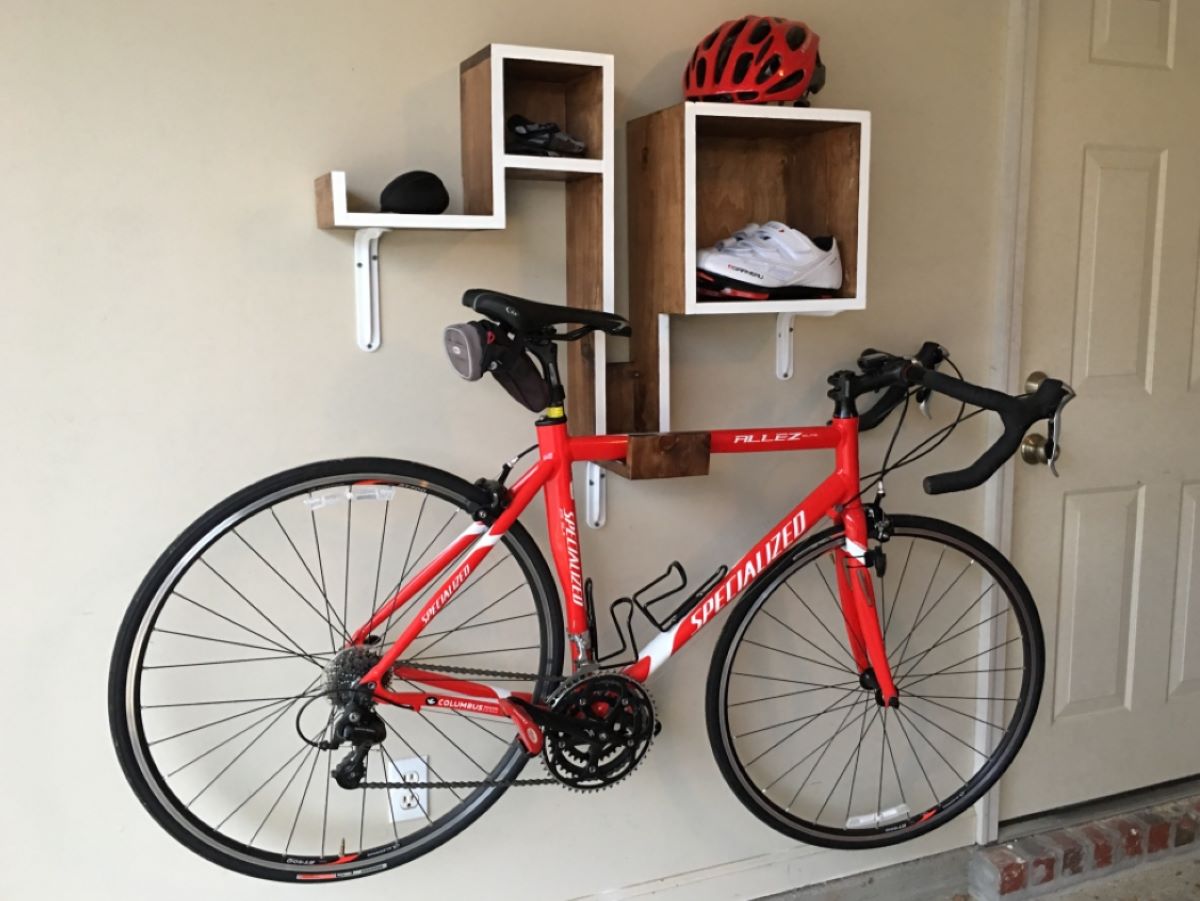



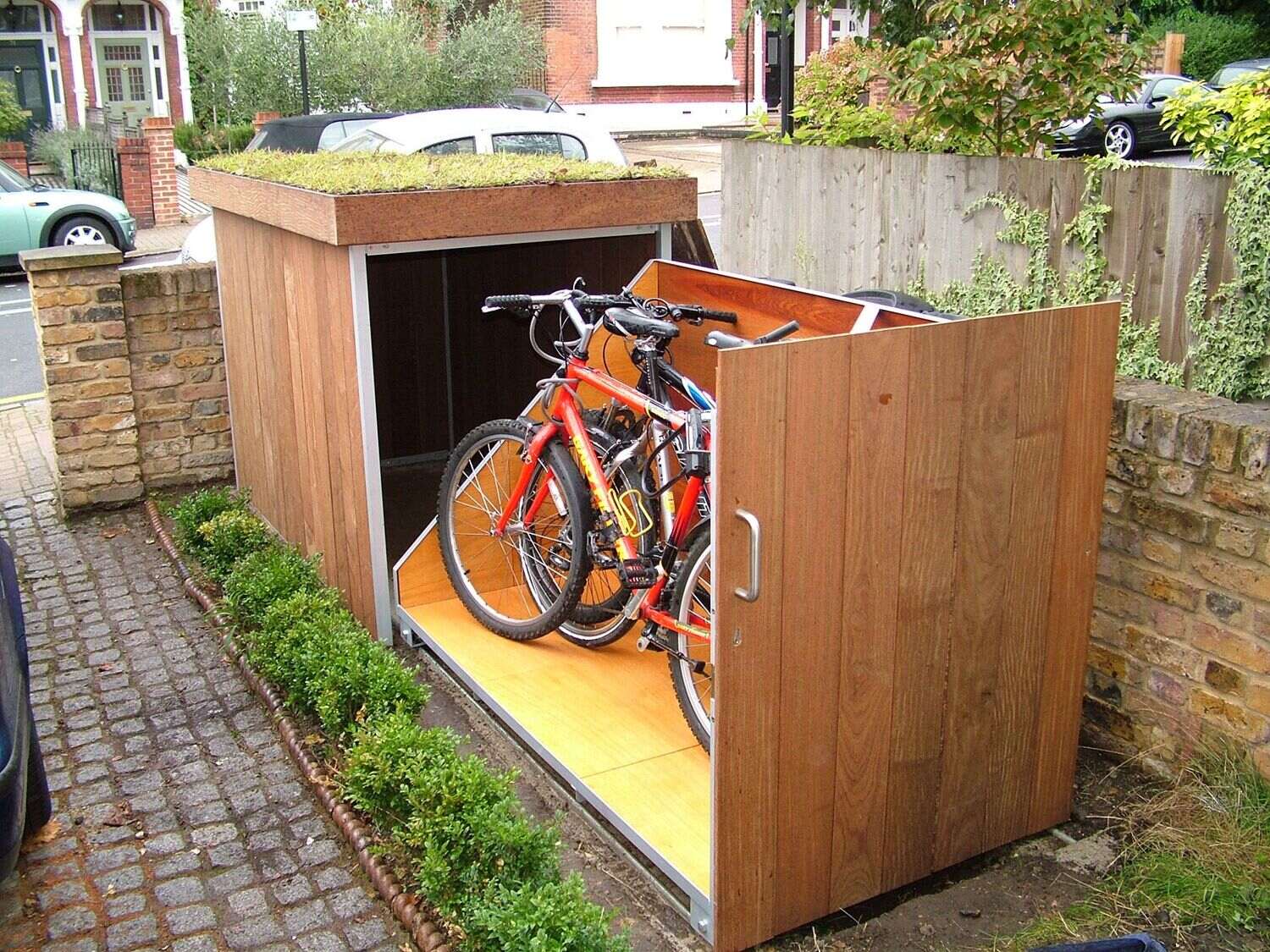
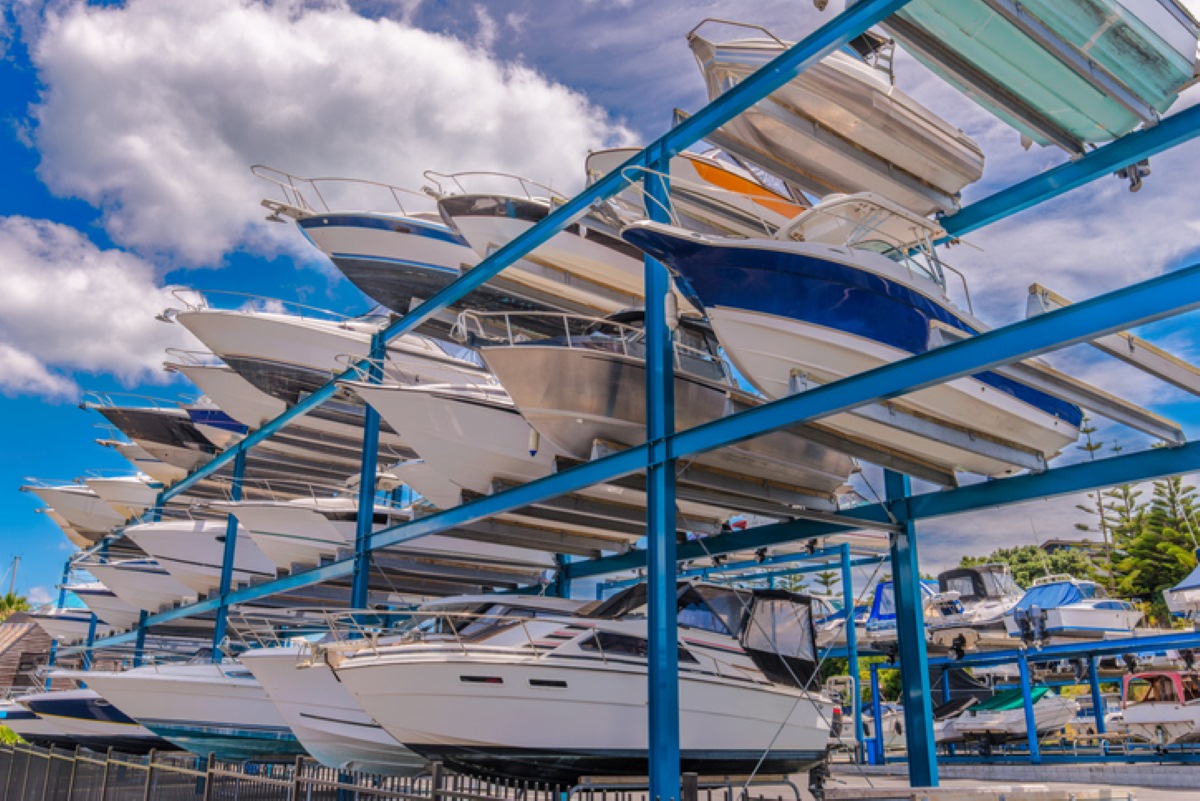

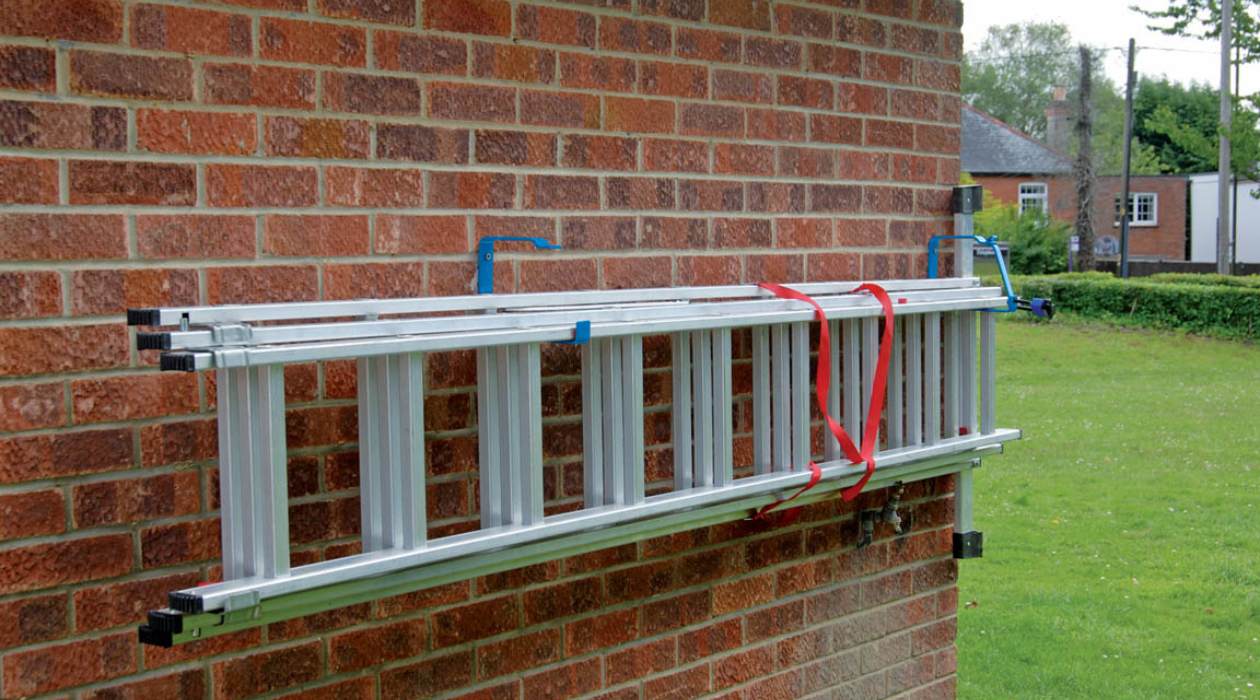
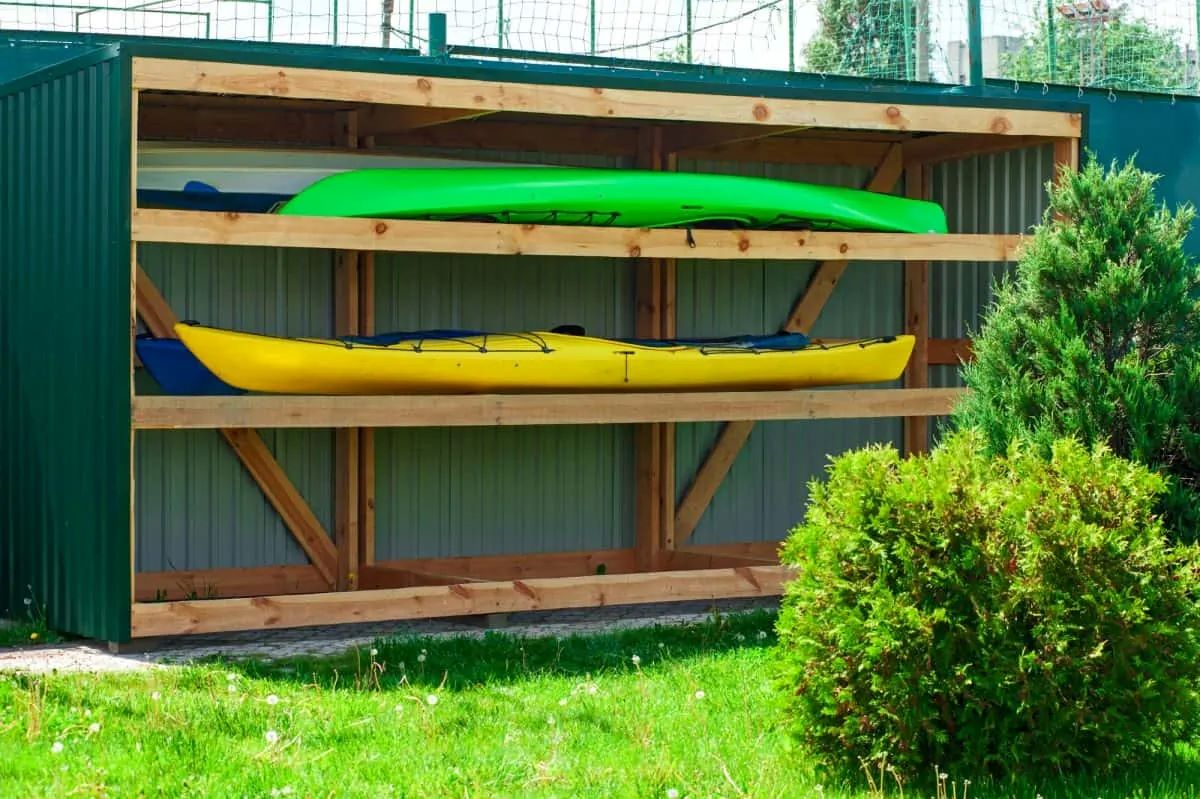
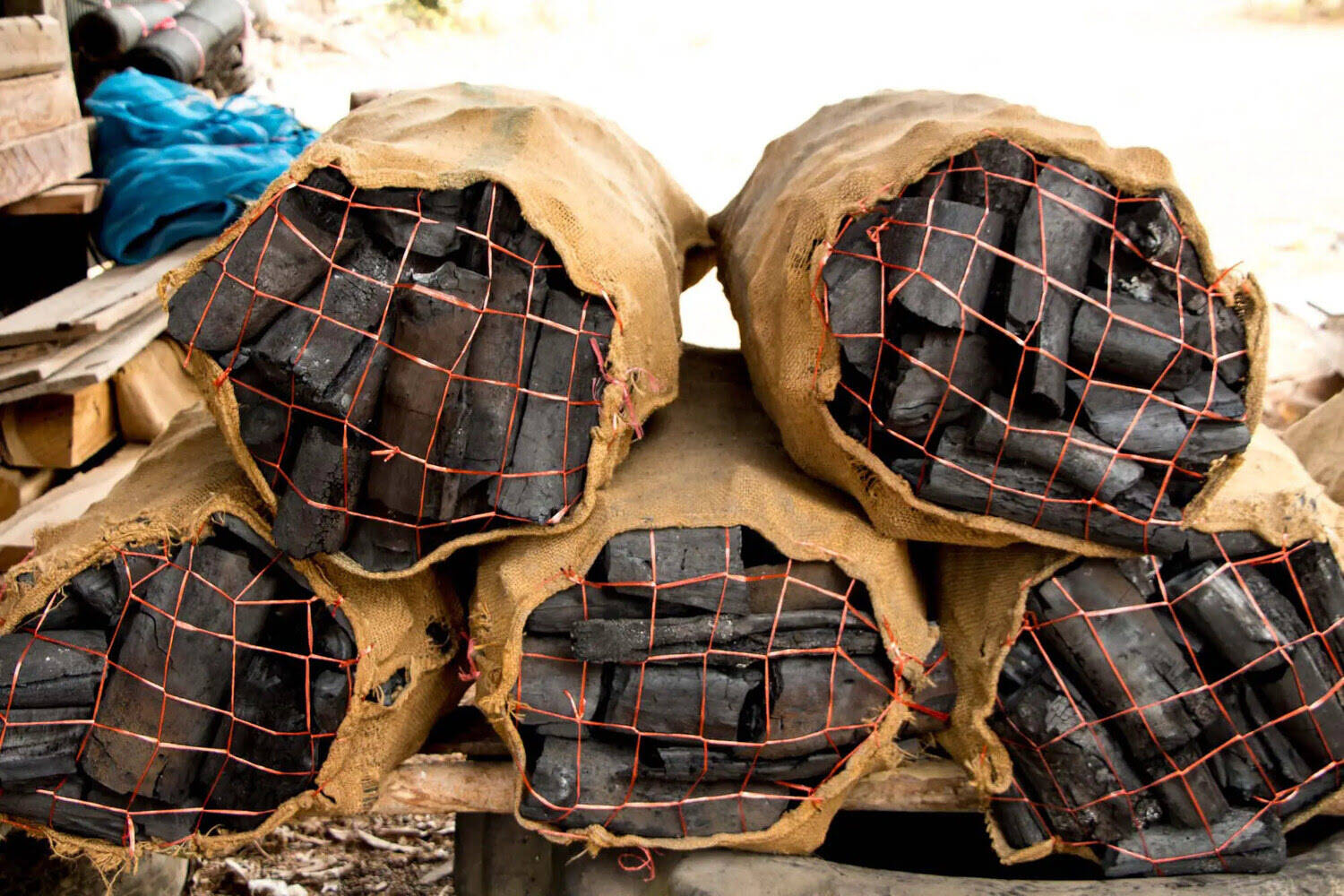
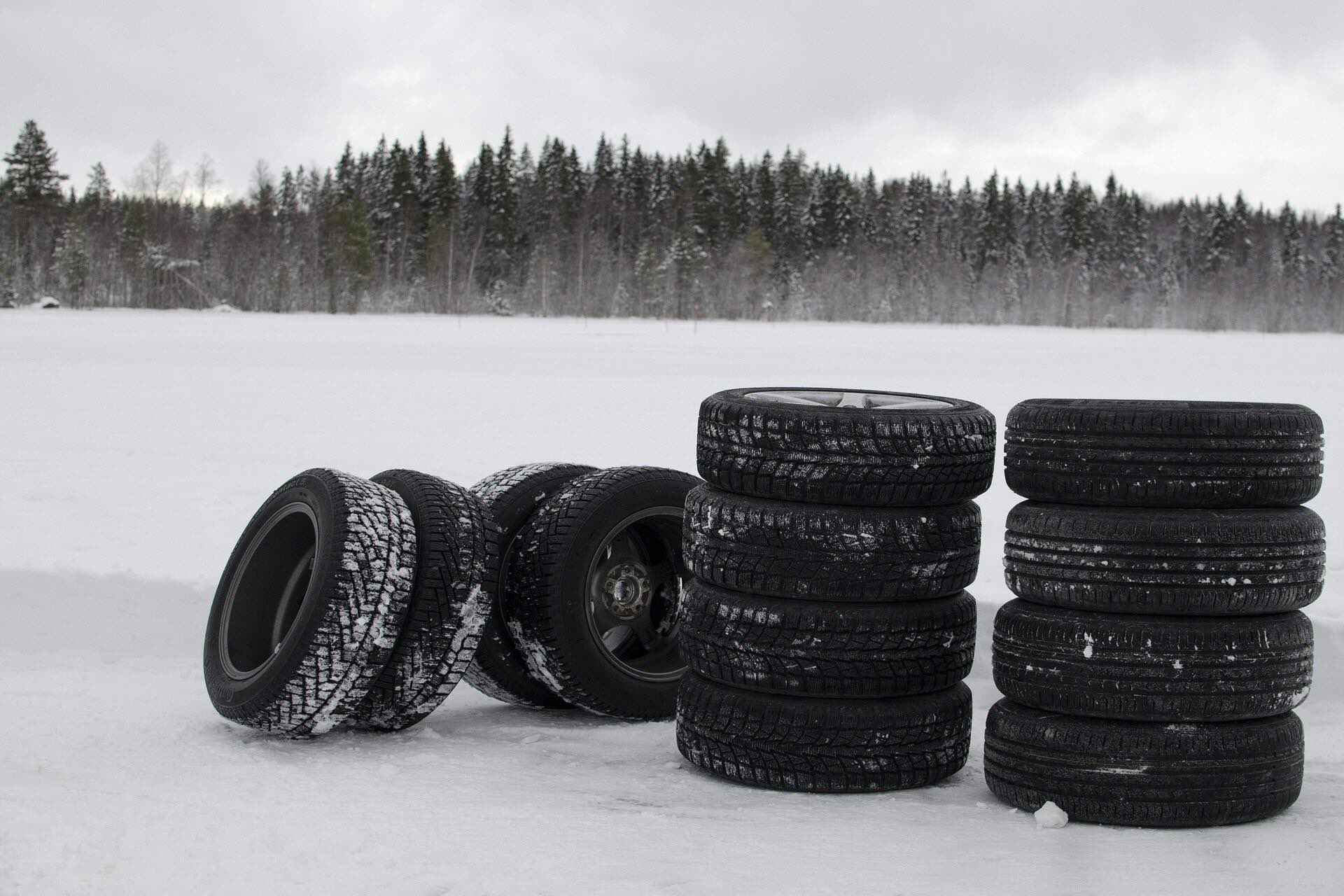
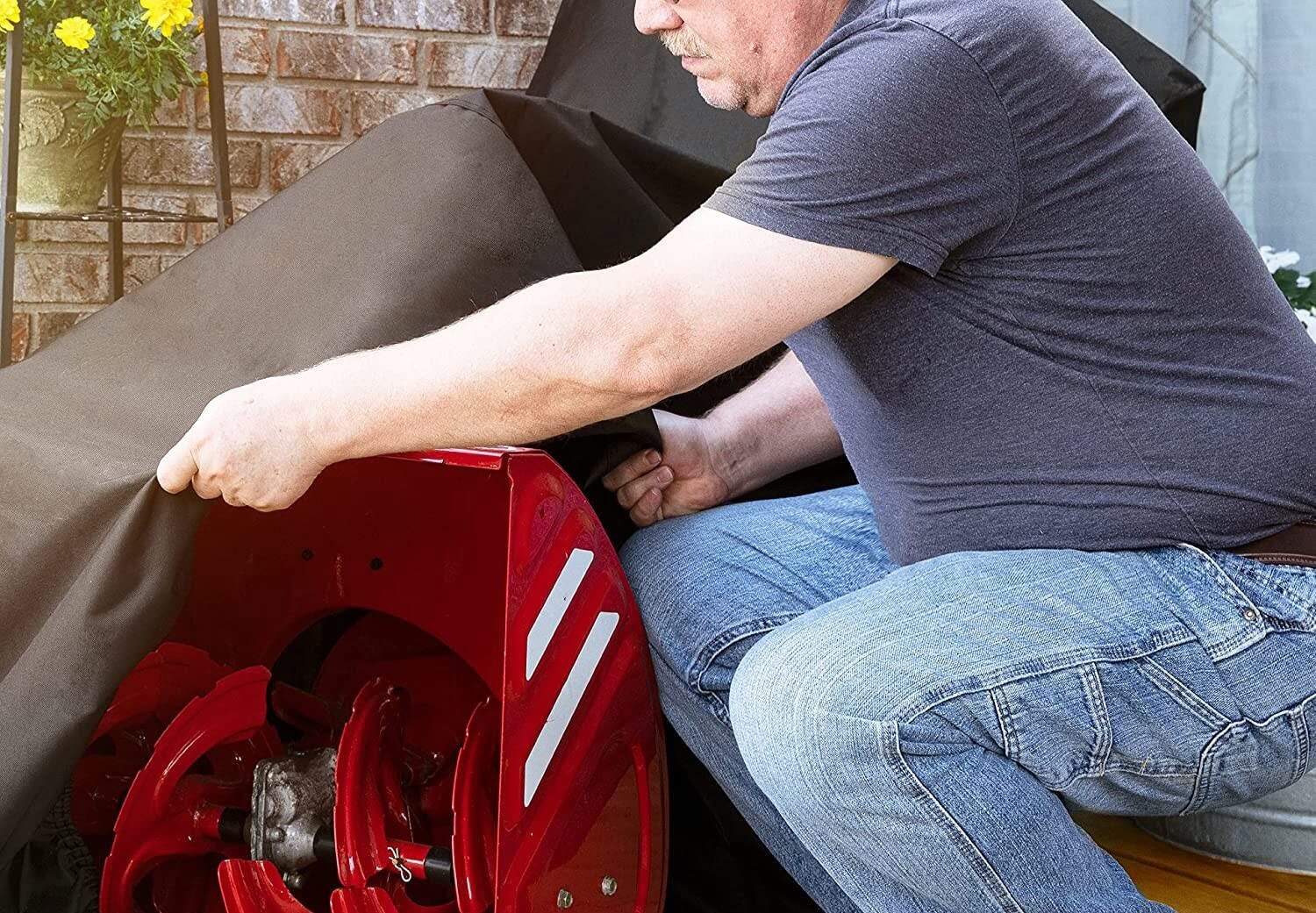
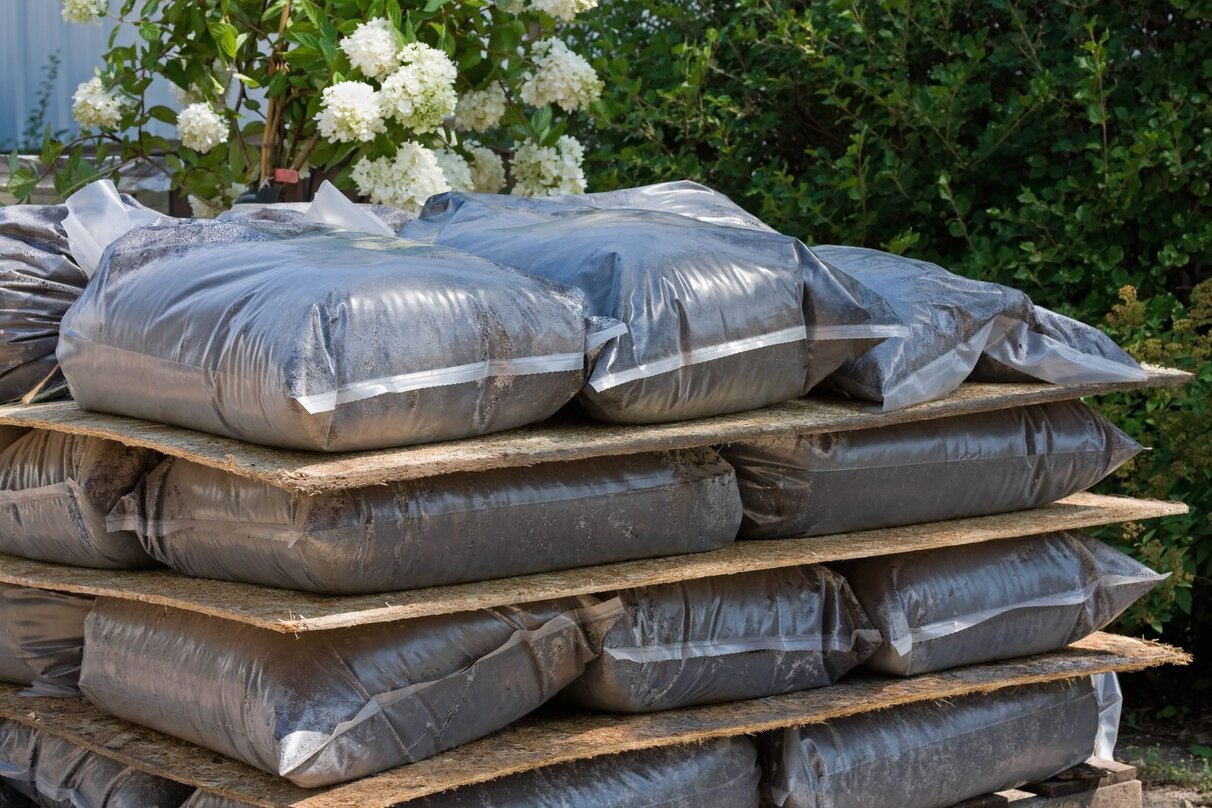

0 thoughts on “How To Store A Bicycle Outside”